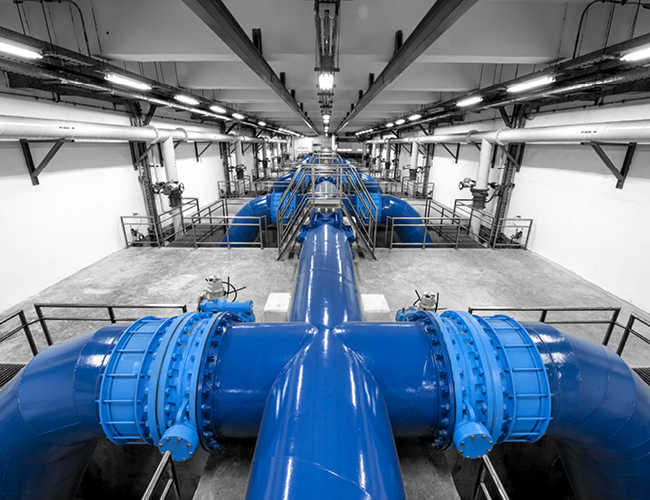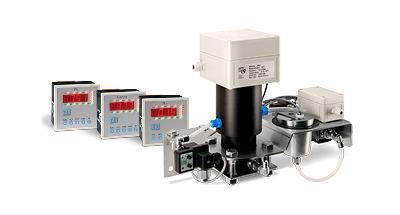Municipal services
Municipal service providers support us in many aspects of public life. If we do not notice them or their work at all, that usually means that they are doing a good job. Municipal services include purification plants, water suppliers, energy suppliers and waste management. Each of those sectors includes different applications and facilities in which gases need to be monitored. A reliable gas detection system contributes to the safety of people and businesses and ensures a smooth production flow.

Water suppliers and purification plants
Toxic and combustible gases have to be monitored permanently in water and waste water purification. This applies to marsh gas (also biogas) in particular, which consists of methane and CO2. Ozone, chlorine, carbon dioxide and other disinfectants are most commonly used for chemical purification. Any work done in sewers and other confined spaces requires the area to be analyzed ahead of time. Every worker entering a confined space should also be carrying a personal gas detector.
Energy suppliers
Depending on the energy source and type of plant, there are numerous different requirements for gas detectors used to monitor gases in energy production and supply. Additionally, toxic and combustible gases as well as lack of oxygen pose risks in many energy supply and distribution processes. A reliable gas detection system ensures the safety of staff and environment alike and minimizes the risk of interruptions in energy flow, which could potentially have dire consequences.

Waste management
The permanent risk of landfill gas, consisting of different toxic and combustible gases, makes a fixed gas detection system essential for landfills. Additionally, portable gas detectors should be used for personal safety and analyzing confined spaces before entering them. If you are expecting more than one dangerous gas and maybe even a lack of oxygen, multi-gas detectors are the best option for the situation. GfG detectors also record the short-term and long-term values of toxic gases and will alert you in time in case of a threshold value being exceeded.

Potential dangers:
» Combustible gases and vapors
» Toxic gases
» Carbon dioxide
» Lack of oxygen
» Disinfectants
» Confined spaces
» Freezing agents in cooling circuits




